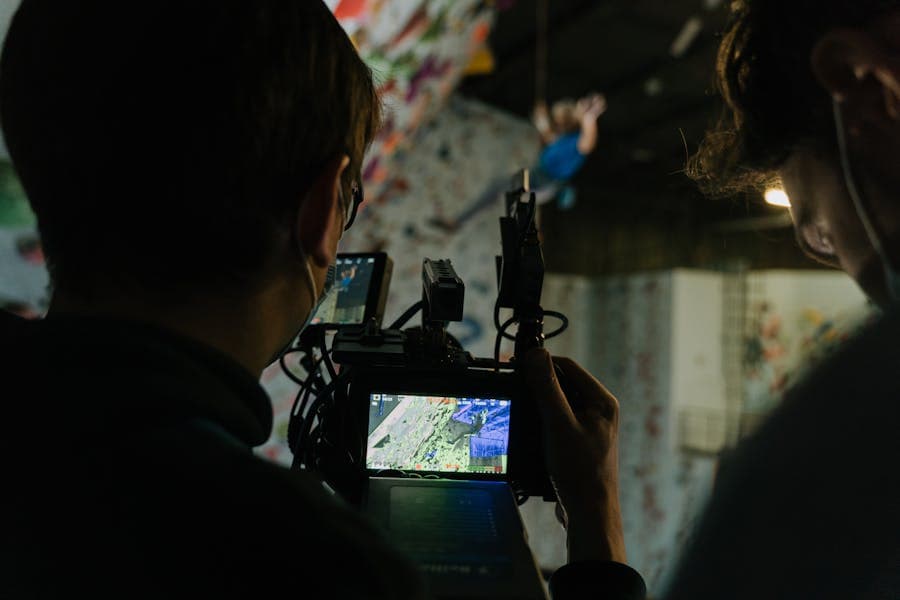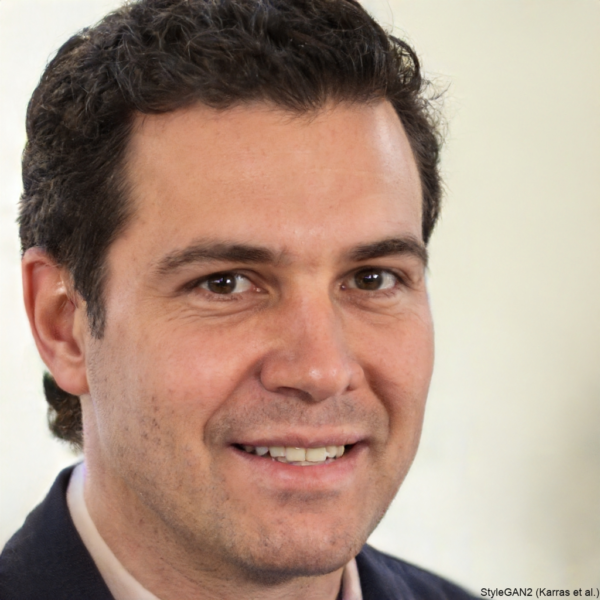5 Critical Mistakes Organizations Make When Redacting Body-Worn Camera Footage

Body-worn cameras (BWCs) have become an essential tool for law enforcement, security teams, and public sector organizations. They promote transparency, accountability, and evidence accuracy. However, as the use of BWCs grows, so does the responsibility to protect personal privacy through accurate and compliant video redaction.
Unfortunately, many organizations underestimate the complexity of redacting sensitive information – leading to compliance breaches, public mistrust, and costly rework. Below, we outline five critical mistakes organizations often make when redacting body-worn camera footage and how to avoid them.
1. Relying on Manual Redaction Methods
Manual redaction – where staff review footage frame-by-frame to blur or mask sensitive details – is still surprisingly common. This method may seem cost-effective on the surface, but it’s slow, inconsistent, and highly error-prone.
Even skilled operators can miss small details like tattoos, name badges, or partial faces in reflections and mirrors. These oversights can lead to privacy violations under laws like GDPR, the UK Data Protection Act, and U.S. state-specific privacy frameworks.
Moreover, manual processes limit scalability. As requests for disclosure or Freedom of Information (FOI) increase, teams find themselves unable to process footage quickly enough to meet deadlines.
Better approach: Implement an AI-powered redaction platform that automates the identification and blurring of faces, license plates, and other identifiers. Tools like Pimloc’s Secure Redact leverage computer vision to accelerate review times while maintaining accuracy and auditability.
2. Failing to Account for Audio Redaction
Video redaction alone isn’t enough. Body-worn camera footage frequently captures sensitive audio – such as names, addresses, or personal details – that must also be removed or obscured before release.
Many organizations focus on visual identifiers but overlook the need to mute or bleep specific sections of dialogue. This oversight can create serious data protection breaches, as personal data transmitted via audio falls under the same legal obligations as visual data.
Better approach: Adopt redaction software that supports both visual and audio redaction. Automated speech detection and transcription tools can flag sensitive segments for review, ensuring a comprehensive privacy safeguard.
3. Ignoring Compliance Frameworks and Audit Trails
Compliance isn’t just about removing identifiable information – it’s also about demonstrating how you did it. Regulators and courts often require organizations to show clear audit trails proving when footage was accessed, who redacted it, and what methods were used.
Without a transparent audit trail, even correctly redacted footage can become legally problematic. Inconsistent record-keeping makes it impossible to verify that data was handled according to policy, undermining both compliance and public trust.
Better approach: Use a redaction platform that automatically logs every action, user, and timestamp during the redaction process. This ensures you have verifiable documentation for audits, internal reviews, or legal proceedings.
4. Not Training Staff on Redaction Protocols
Technology alone cannot guarantee compliance. Staff members must understand privacy regulations, organizational policies, and the appropriate handling of sensitive data.
Common training gaps include:
- Failing to recognise what constitutes personal data.
- Not understanding when footage can or cannot be released.
- Over- or under-redacting, resulting in either privacy breaches or unnecessary data loss.
These gaps can lead to inconsistent results, delays, and potential reputational damage if footage is released improperly.
Better approach: Conduct regular, mandatory training sessions for staff who handle video evidence. Even with automated systems, human oversight remains essential to verify accuracy and ensure ethical handling of footage.
5. Using Redaction Tools That Don’t Scale
A common mistake organizations make is choosing tools that work well for small volumes of footage but can’t handle enterprise-scale workloads. As demand for transparency and disclosure grows, departments find themselves overwhelmed by requests and unable to process footage fast enough.
Scalability issues often stem from:
- Slow or outdated software.
- Limited cloud storage capacity.
- Lack of integration with existing evidence management systems.
When systems can’t scale, backlogs form, increasing the risk of missed disclosure deadlines and non-compliance penalties.
Better approach: Select a redaction solution that supports batch processing, cloud scalability, and seamless integration with digital evidence management systems (DEMS). Cloud-native tools can scale automatically to meet demand and maintain processing speed, even under heavy workloads.
The Cost of Getting It Wrong
Data breaches involving video evidence are taken seriously by regulators. In the UK, the Information Commissioner’s Office (ICO) can issue fines and enforcement actions for mishandled data, while in the U.S., lawsuits and reputational fallout can follow a single publicized mistake.
Beyond legal implications, improper redaction undermines community trust – particularly for law enforcement and public bodies that rely on transparency. Organizations must balance openness with privacy, and robust redaction practices are the only sustainable way to achieve that balance.
How to Build a Compliant Redaction Workflow
To stay compliant and efficient, organizations should:
- Adopt automation: Use AI-powered tools that can detect faces, objects, and audio data automatically.
- Maintain documentation: Record every step of the redaction process for auditing and accountability.
- Train regularly: Keep staff updated on privacy regulations and data protection requirements.
- Test and review: Conduct internal audits of redacted footage to catch recurring issues.
- Plan for scale: Use cloud-based or hybrid systems that grow with your data needs.
When implemented together, these practices create a reliable, repeatable redaction process that minimizes risk and maximizes efficiency.
Frequently Asked Questions
- Why is redaction necessary for body-worn camera footage?
Redaction protects the privacy of individuals captured in recordings and ensures compliance with data protection laws. It prevents the disclosure of personal or sensitive information in public or legal contexts. - What kinds of information must be redacted?
Typically, this includes faces, license plates, addresses, identification badges, and any other personal identifiers. Audio elements – like names or private conversations – should also be redacted where appropriate. - Is AI-powered redaction accurate enough for legal use?
Yes. Modern AI-based tools use advanced object recognition and machine learning to achieve high levels of accuracy. However, human oversight is still recommended for quality assurance. - How long does redaction take?
Manual redaction can take hours per video. Automated redaction tools can reduce processing time by up to 90%, depending on video length and complexity. - How can organizations ensure compliance with GDPR and other regulations?
By using secure, auditable redaction platforms, maintaining detailed logs of activity, and ensuring that all data handling aligns with organizational privacy policies.
Final Thoughts
Redacting body-worn camera footage is no longer a simple administrative task – it’s a core component of organizational data governance and legal compliance. The consequences of mistakes can be severe, from regulatory fines to reputational damage.
By avoiding these five common pitfalls and investing in scalable, AI-driven redaction tools, organizations can uphold transparency while protecting privacy.
